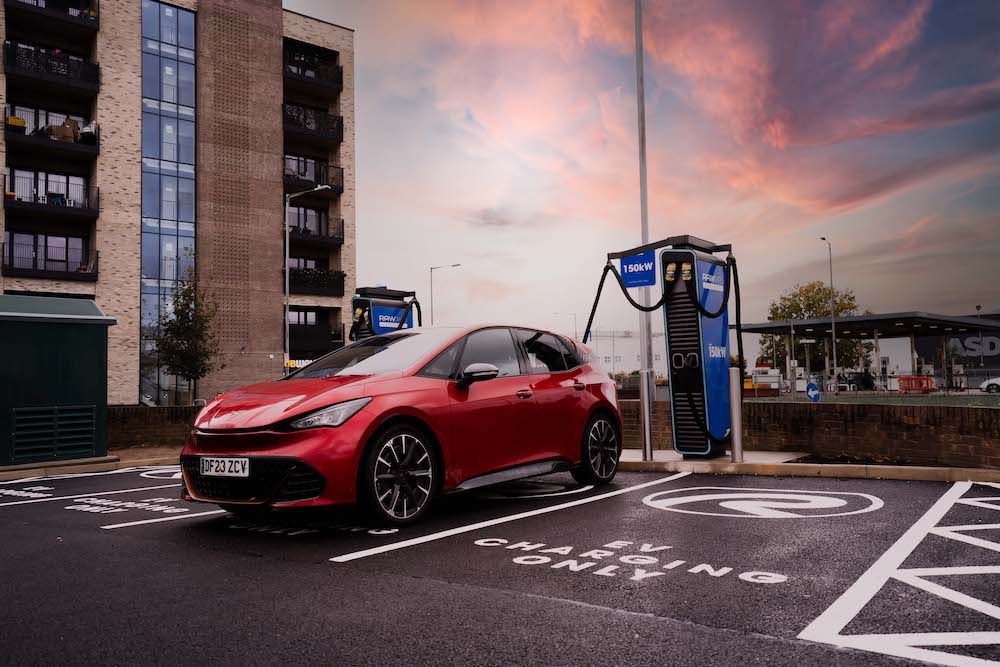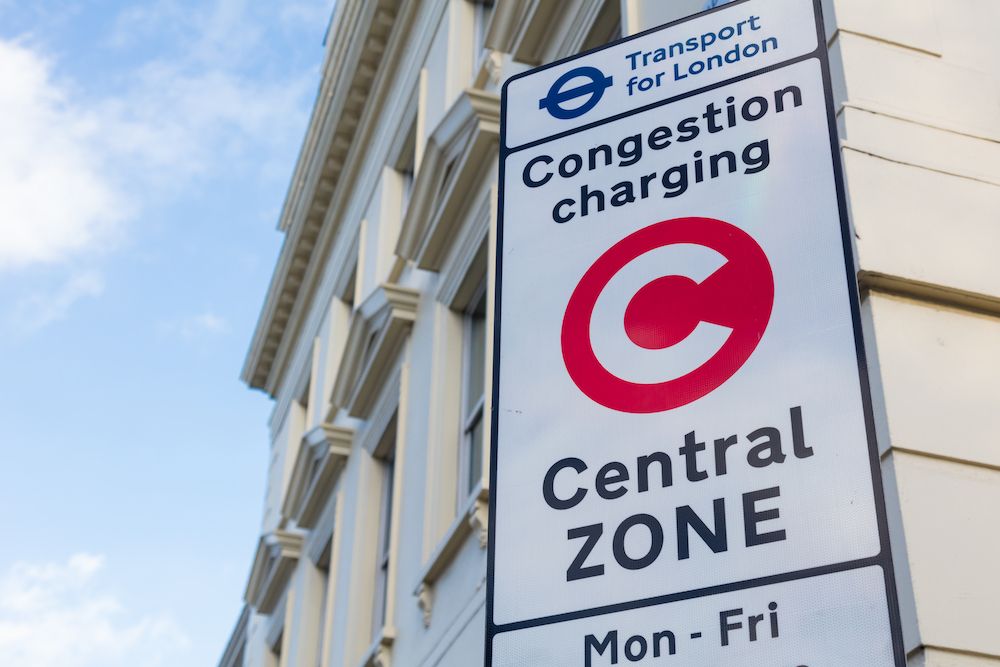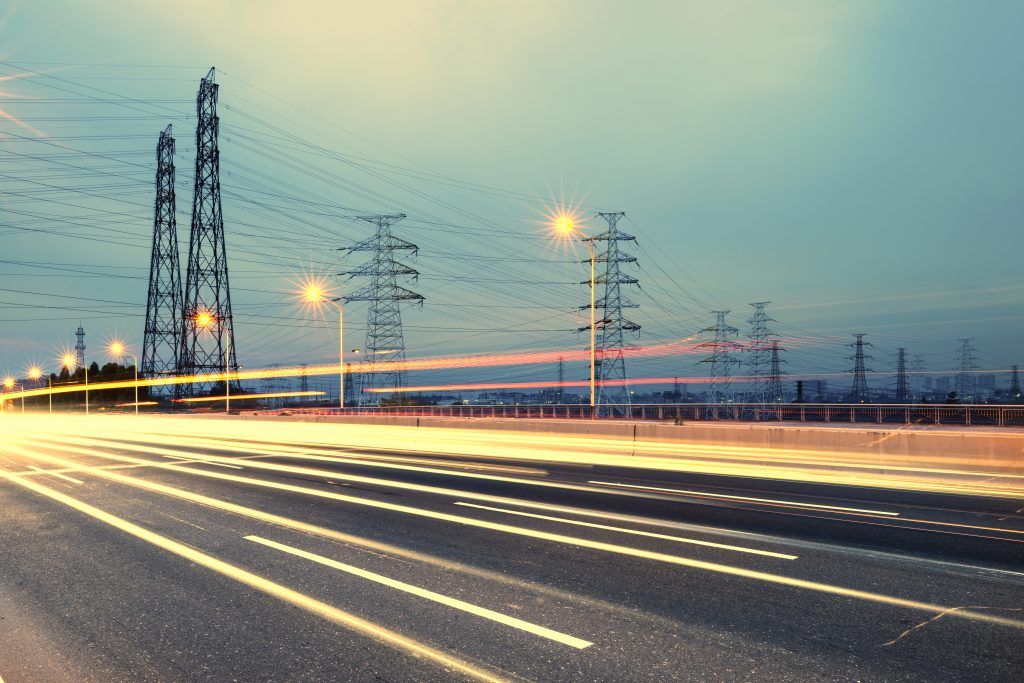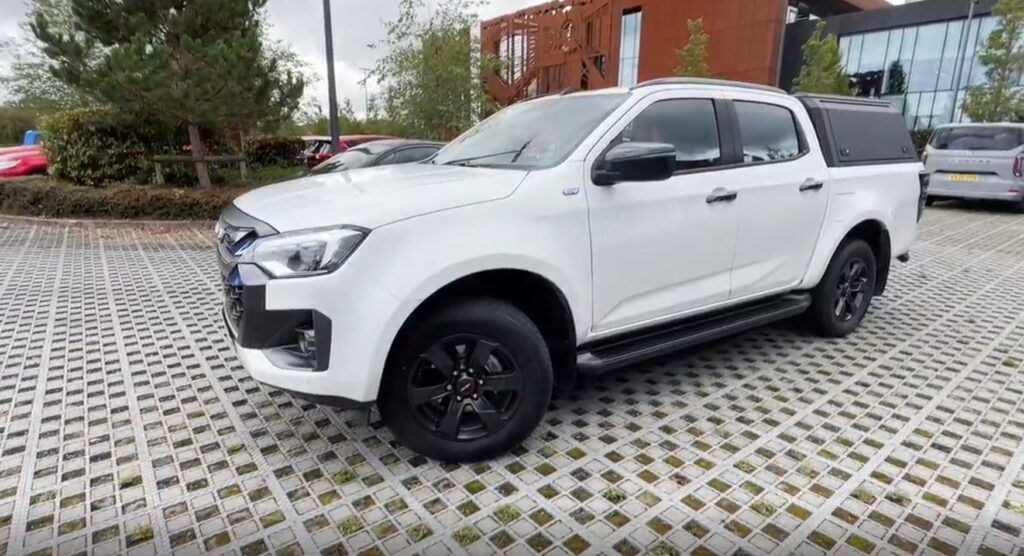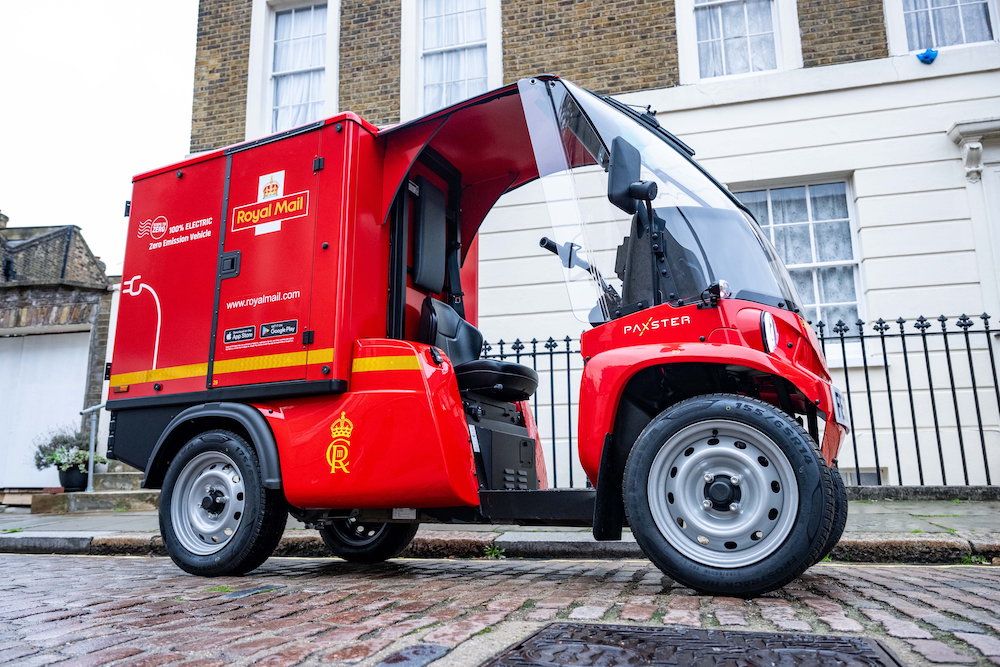New rapid wireless bus charging technology has been introduced in London.
The innovative pantograph bus charging technology is providing fast, high-power top-ups at a bus garage in Bexleyheath.
Transport for London has made a commitment to deliver a fully zero-emission bus fleet in London by 2034, as outlined in its Bus Action Plan. TfL has already committed to ensuring all new vehicles entering service are zero-emission, and subject to additional funding could bring forward the target from 2034 to 2030.
TfL is working with bus manufacturers to develop a vibrant and competitive zero-emission market, alongside work with stakeholders to ensure necessary infrastructure is available to enable the transition. More widely, the plan also supports the Mayor’s goal to decarbonise the capital with clean, renewable energy and ensure London reaches net zero by 2030.
There are now more than 850 zero-emission buses in London, most of which are only able to be charged in garages overnight. With the varying length and requirements of London’s bus routes, the introduction of this new technology ensures that infrastructure is in place to support TfL’s zero-emission ambitions. Last year, TfL launched 20 double decker hydrogen buses on routes 7 and 245, to test longer range technology in the urban environment.
The new technology uses a pantograph, an arm-like structure, that attaches itself to the roof to deliver a quick, high-power charge to buses. Wireless RFID technology is used to allow the bus to communicate with the pantograph. It is the first time this technology has been used in London and is being used to power the all-electric route 132. The buses, which are conventionally charged overnight, receive a high-power current through the pantograph multiple times throughout the day for a power boost; this is known as ‘opportunity charging’. Each top-up takes less than 10 minutes, allowing buses to travel further each day. The short top-up time and longer distance each bus can cover means fewer buses are needed to provide the same high level of service, allowing resources to be reinvested into other areas of the network.
From next year, a further extension of ‘opportunity charging’, with pantographs conveniently located at each end of a bus route, will be trialled in another first for London. The 15-mile route 358 between Crystal Palace and Orpington is one of London’s longest. A standard garage charge alone would not sustain a zero-emission bus the entire day. Due to the length of the route, a pantograph at each end of the route, rather than back at the garage, will mean buses receive a quick boost on the spot. With minimal turnaround time, fewer buses can again provide the same level of service. The 358 route will also benefit from new buses that resemble a tram, with enhanced customer features, the latest bus safety features and retaining the iconic red livery.
The Deputy Mayor for Transport, Seb Dance, said: “Londoners deserve to breathe clean air, and as part of our work to tackle the twin dangers of toxic air pollution and the climate emergency, I’m pleased that this new technology is being used on buses in south London.
“The introduction of the pantograph builds on the progress we have already made to run a cleaner and greener bus service. Transforming London’s bus fleet is an important part of the Mayor’s target of getting London to net zero by 2030, and his aim to build a better London – a fairer, greener and more prosperous city for all.”
Louise Cheeseman, TfL’s Director of Bus, said: “The threats of toxic air, climate change and congestion are becoming clearer every day, and it’s vital that we find technical solutions that help us run clean, green services that get Londoners where they need to be. When buses can travel further each day, as they do with this exciting pantograph technology, we can deliver the same service that Londoners rely on without increasing the number of buses and invest in other routes.
“The installation of the rapid pantograph charging for route 132 is a key step to help us get zero-emission buses running on routes all across London.”
John Trayner, Go-Ahead London’s Managing Director, said: “Route 132 is the latest in a long line of pioneering zero emission firsts for Go-Ahead London. Working innovatively with our supply chain, we have extended vehicle range by harnessing technology, in the process reducing the overall number of buses required to provide service and delivering significant cost savings. The vehicles have been well received by our passengers and they are helping to improve air quality for local residents.”
Suffolk-based EO Charging, which designs EV charging solutions for homes, destinations and commercial environments, installed the charging infrastructure at Bexleyheath bus garage.
Image courtesy of TfL.




